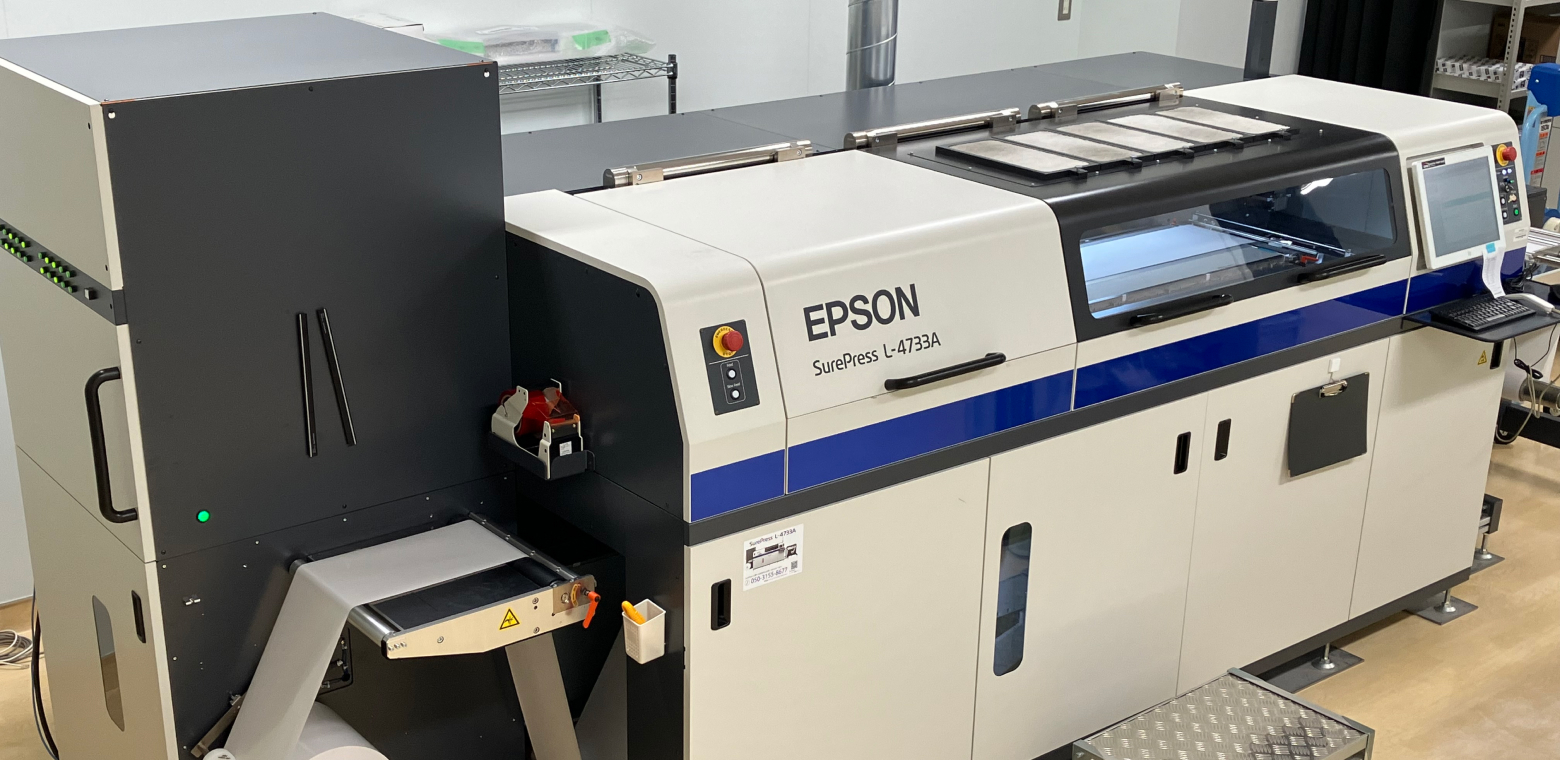- Home
- Sustainability
- Environment
- Digital Printing

Digital printing is a printing method that prints directly from digital data without the need for printing plates.
Since there is no plate making or printing process that occurs with offset printing or gravure printing, initial costs can be kept low and production can be completed in a short period of time.
In addition, being able to handle small lots eliminates the need to hold inventory, reducing unnecessary stock and paper waste.
The OSP Group is actively accepting orders for "water-based digital printing" that uses water-based pigment inks, contributing to the reduction of greenhouse gas emissions and waste liquids in the production process, as well as the reduction of material consumption such as printing plates.
Results: Reduction in CO2 emissions of approximately 157 tons by fiscal 2022 (compared to analog printing machines in the same year *Some conditions apply)
In the previous process for "processed plates," the DTP data was burned onto the plate with a laser and then chemically cleaned, consuming electricity and generating waste liquid.
In the future, we will switch to "processing-free plates" and work to eliminate the need for developing machines, reduce power consumption, and cut waste liquid.
Additionally, we will work to reduce CO2 emissions by utilizing water-based inkjet printing.
We will promote the introduction of environmentally friendly base paper and contribute to social activities.
Results: In fiscal 2022, increase the number of digital printing orders by 20% (compared to general sticker printing in the previous year)
The use of digital printing eliminates the need for transporting printing plates and the printing plate process that are required for gravure printing.
We will work to reduce transportation energy, waste plates, waste rags, and waste ink.
Results: Reduced CO2 emissions by approximately 466 tons in fiscal 2021 (compared to gravure printing in the same year)